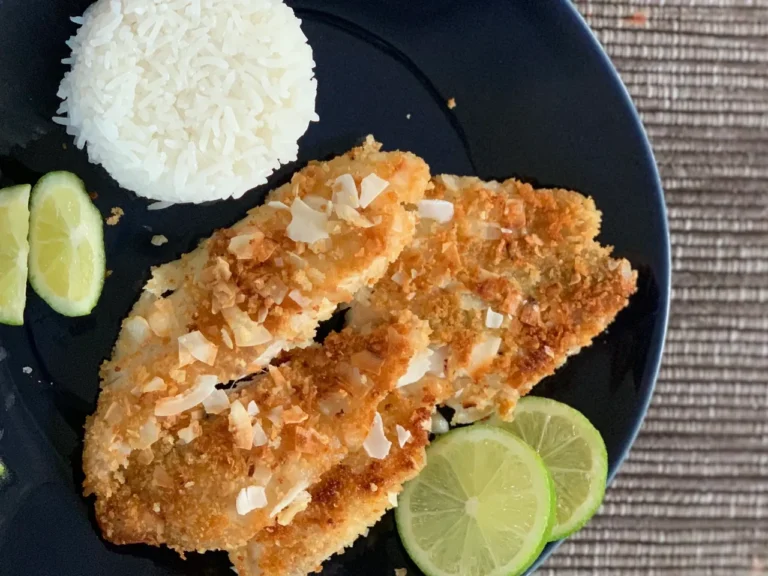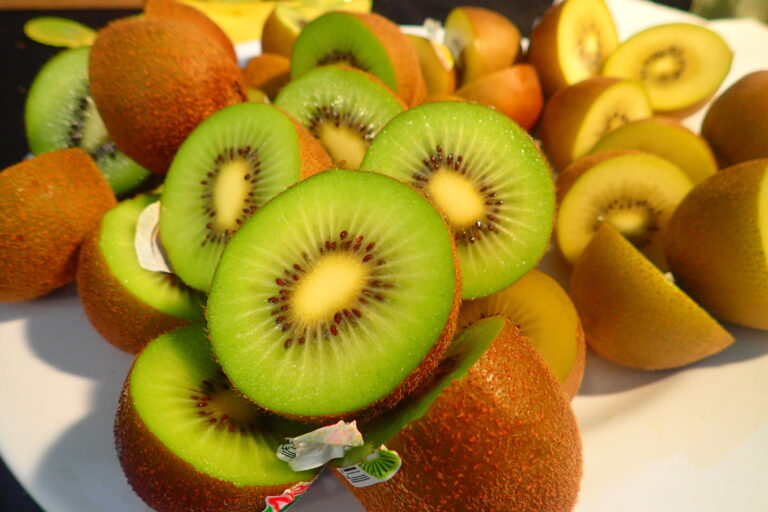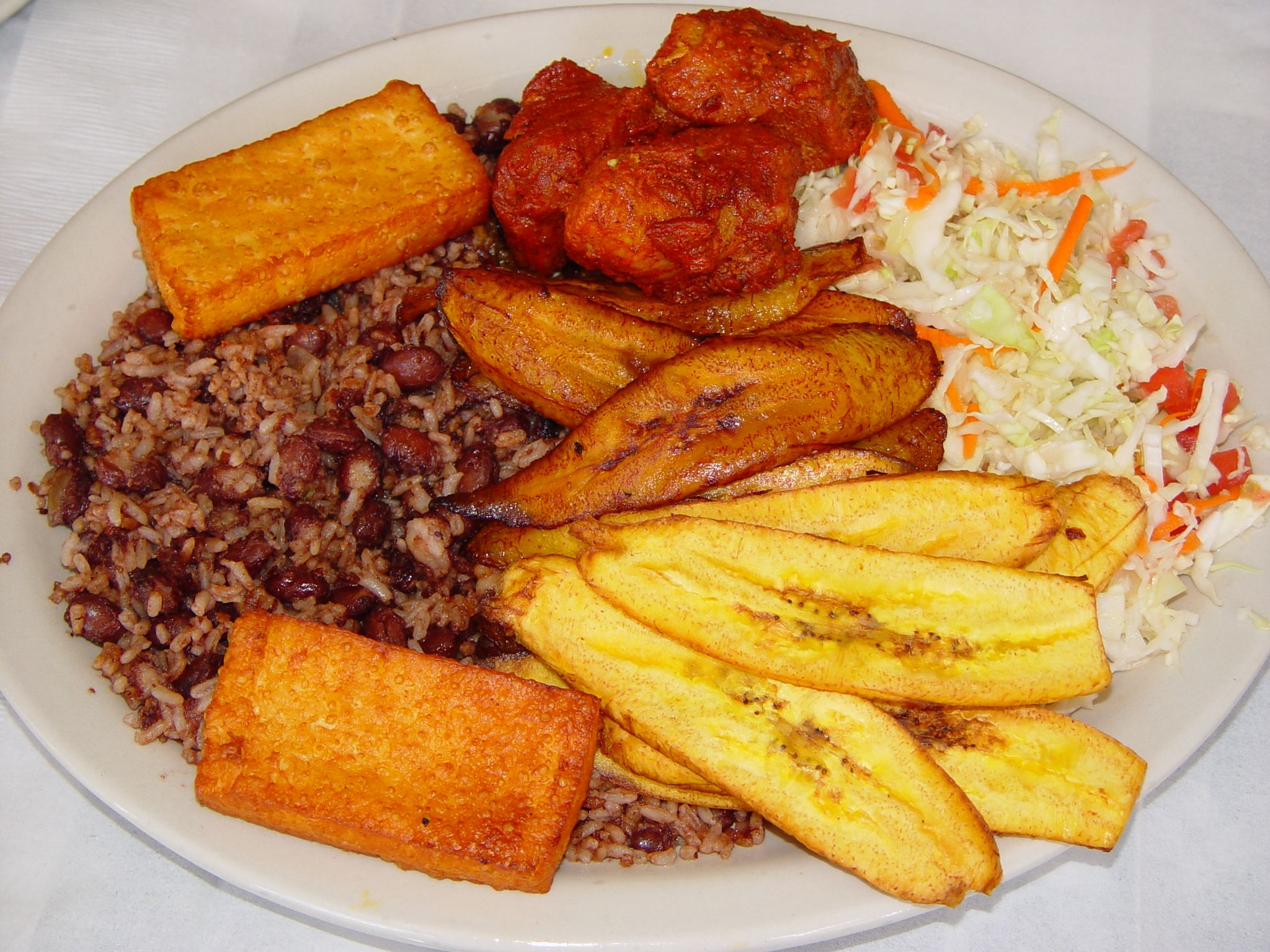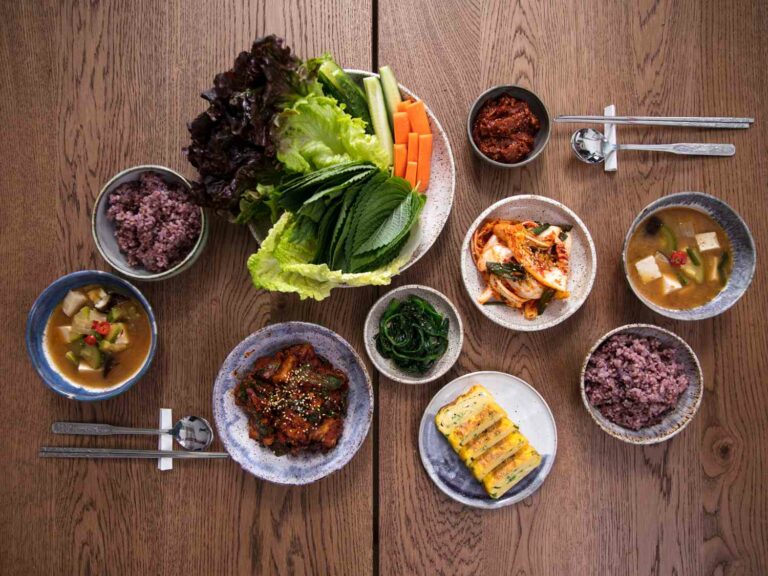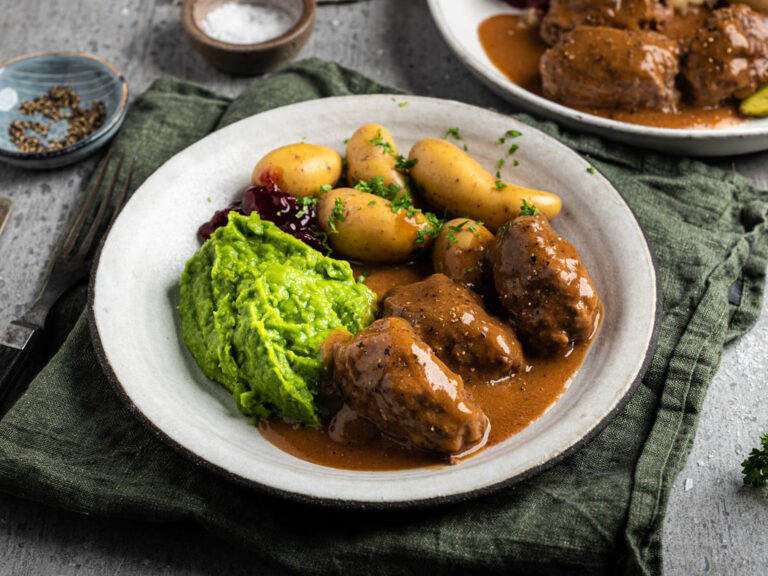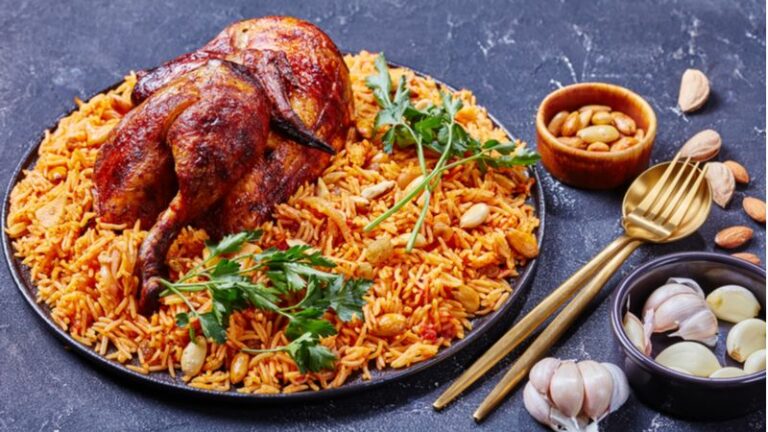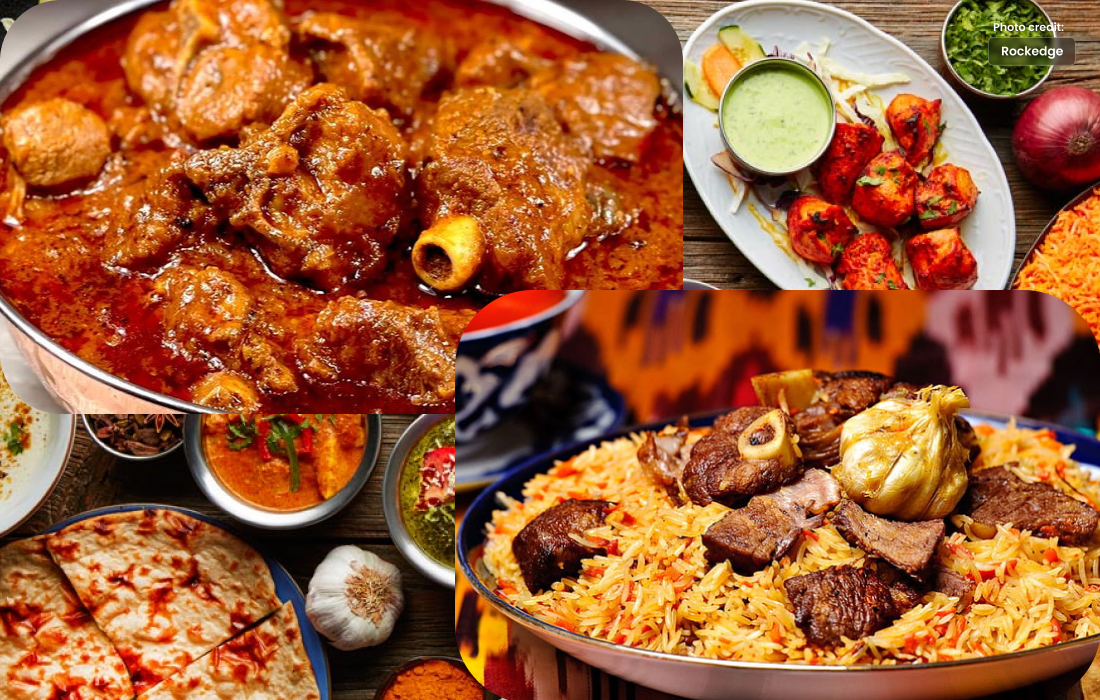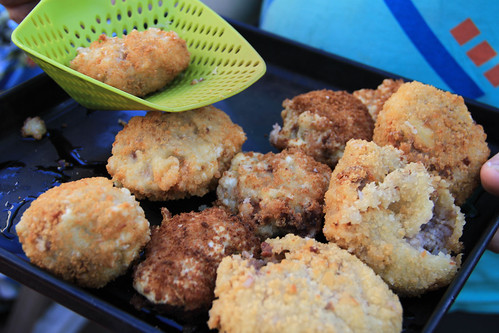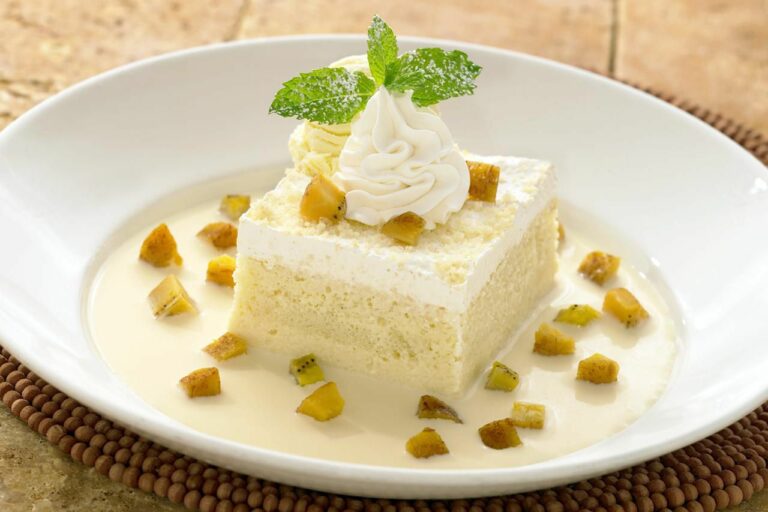Introduction: Dietary restrictions and Nauruan cuisine
Dietary restrictions can make it challenging for people to enjoy the local cuisine when traveling to a new country. Nauruan cuisine, like many other Pacific Island cuisines, relies heavily on fish, coconut, and root vegetables. However, there are still plenty of options for people with dietary restrictions to experience the unique flavors of Nauru.
Gluten-free Nauruan dishes
For those who are gluten-free, Nauruan cuisine offers many options that are naturally gluten-free. Fresh fish or seafood cooked in coconut milk with vegetables and served over rice is a common dish in Nauru. Another popular dish is called ika vakai and is made with fresh tuna, lime, and coconut cream. Freshly grilled fish or shellfish is also a safe option. Vegetables such as taro, yam, and cassava are gluten-free and often used in Nauruan dishes.
Dairy-free Nauruan dishes
Coconut milk is a staple in Nauruan cuisine and is often used as a substitute for dairy products. Many dishes are dairy-free by default, such as ika vakai or fish curry cooked with coconut milk. Other dishes that are dairy-free include taro chips, banana fritters, and boiled cassava. Some restaurants in Nauru may also offer soy milk as an alternative to dairy milk.
Vegetarian Nauruan dishes
Nauruan cuisine can be adapted for vegetarians as many dishes are made with vegetables and coconut milk. Taro, yam, cassava, and breadfruit are often used in dishes such as vegetable curries or soups. Another popular vegetarian dish is palusami, which is made with taro leaves, coconut cream, and onions. Vegetarian visitors to Nauru can also enjoy a variety of tropical fruits, including papaya, pineapple, and mango.
Vegan Nauruan dishes
In Nauru, vegan visitors can enjoy many of the vegetarian dishes and coconut milk-based dishes. Vegan dishes may include vegetable curries, soups, and palusami. Freshly grilled fish or shellfish can also be omitted. Vegan visitors can also enjoy fresh fruits and vegetables, such as taro, yam, cassava, and breadfruit.
Conclusion: Enjoying Nauruan cuisine while accommodating dietary restrictions
Nauruan cuisine offers a variety of dishes suitable for people with dietary restrictions. Gluten-free visitors can enjoy fresh fish or seafood cooked in coconut milk, ika vakai, or freshly grilled fish or shellfish. Dairy-free visitors can try dishes cooked with coconut milk, such as fish curry, taro chips, banana fritters, and boiled cassava. Vegetarian and vegan visitors can try vegetable curries, soups, and palusami, as well as fresh fruits and vegetables. By being aware of the local ingredients and asking the restaurant staff for recommendations, people with dietary restrictions can experience the unique flavors of Nauruan cuisine.

